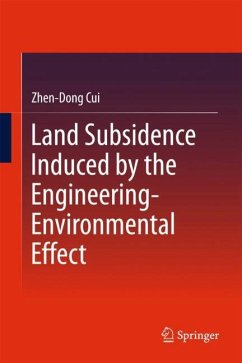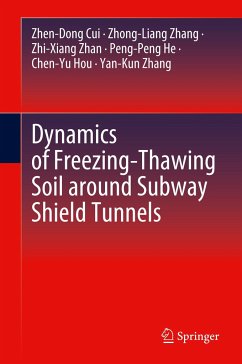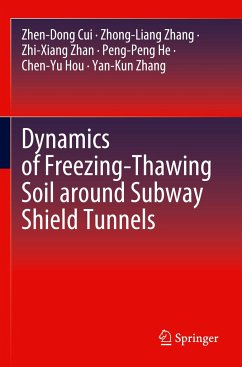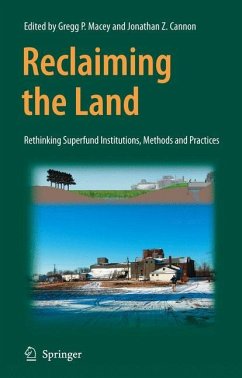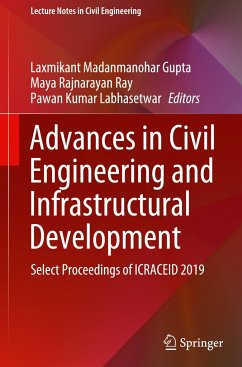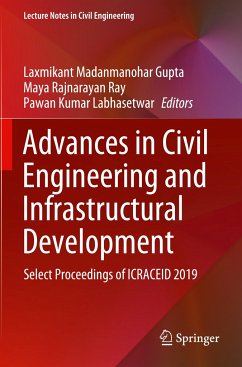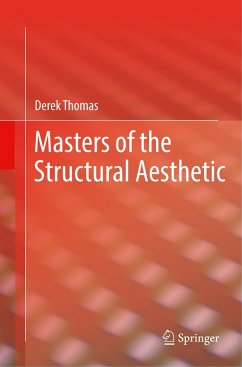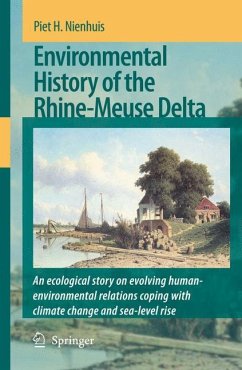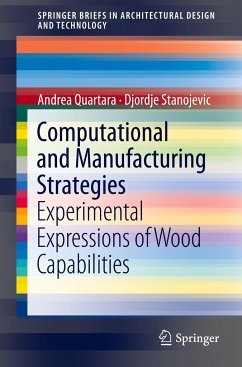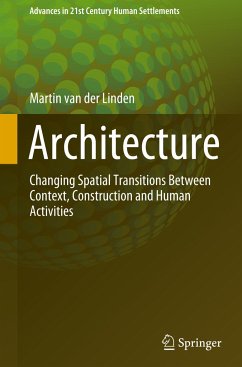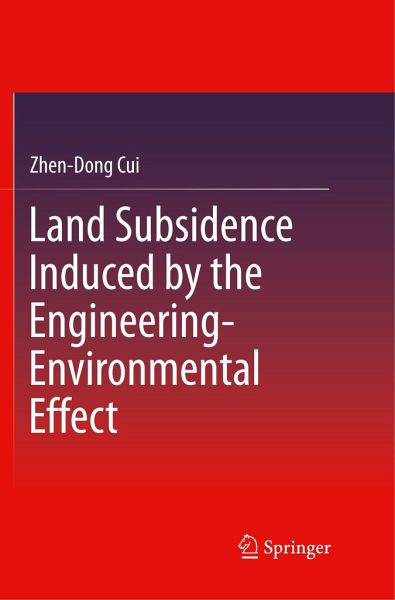
Land Subsidence Induced by the Engineering-Environmental Effect
Versandkostenfrei!
Versandfertig in 6-10 Tagen
76,99 €
inkl. MwSt.
Weitere Ausgaben:

PAYBACK Punkte
38 °P sammeln!
This book brings forward the concept of the geology-environmental capacity of ground buildings. It quantifies the geology-environmental capacity of ground buildings by analyzing the main factors of land subsidence and setting up the evaluation system. The geological environmental capacity of ground buildings is mainly controlled by the land subsidence and the output is the floor area ratio. According to the different geology structures and the different requirements of subsidence control in the soft soil areas in Shanghai, the evaluation system of the floor area ratio is built up by the adapti...
This book brings forward the concept of the geology-environmental capacity of ground buildings. It quantifies the geology-environmental capacity of ground buildings by analyzing the main factors of land subsidence and setting up the evaluation system. The geological environmental capacity of ground buildings is mainly controlled by the land subsidence and the output is the floor area ratio. According to the different geology structures and the different requirements of subsidence control in the soft soil areas in Shanghai, the evaluation system of the floor area ratio is built up by the adaptive neuro-fuzzy inference system (ANFIS) and the floor area ratios of four typical regions (Lujiazui, Xujiahui, Zhongyuan and Changqiao) are obtained by the ANFIS to offer references for urban planning. By taking the typical soft soil areas in Shanghai as case studies, this book will provide valuable insights to professors and graduate students in the field of Geotechnical Engineering, Civil Engineering, Engineering Geology and Environmental Geology.





